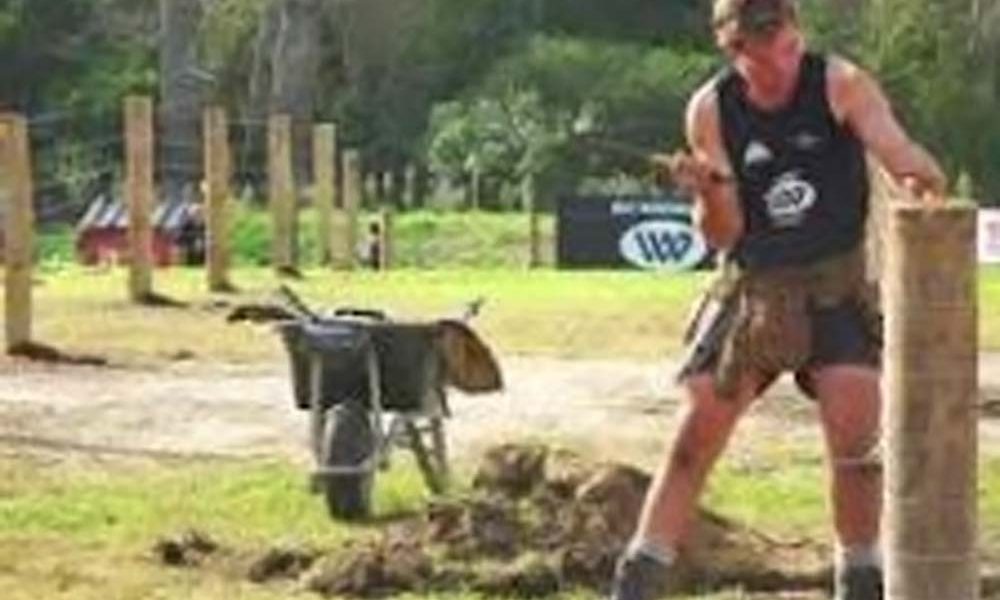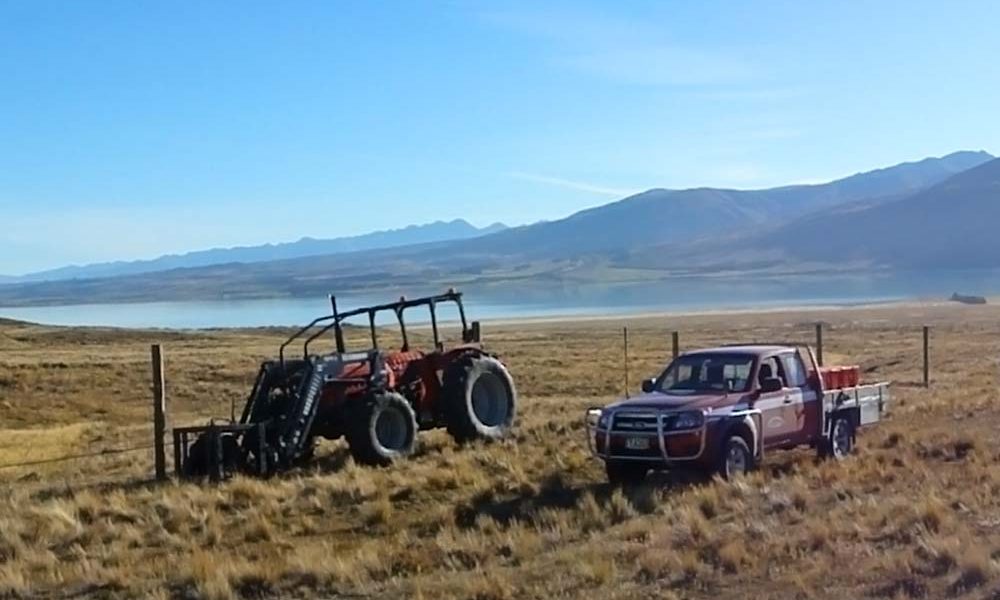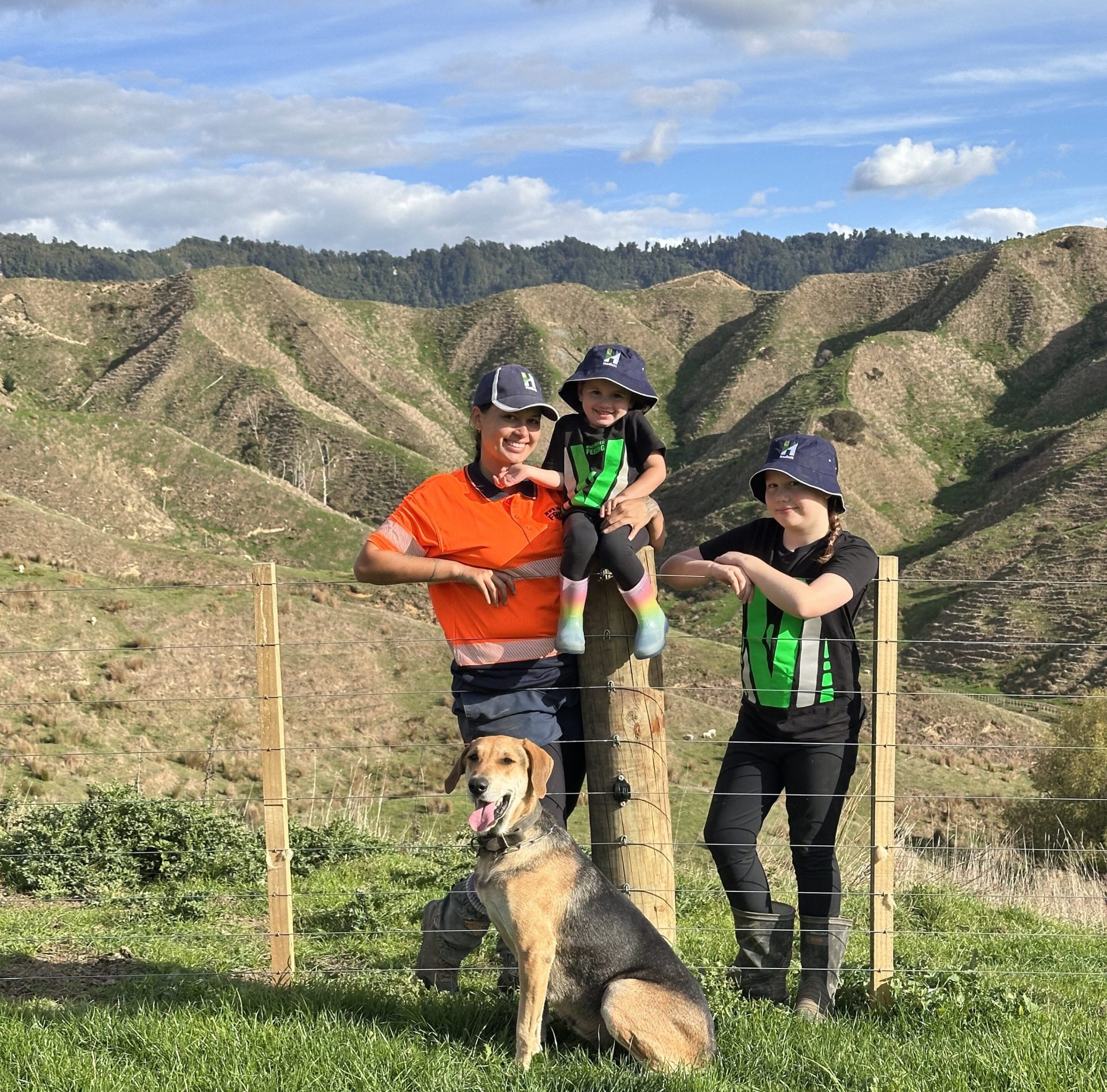
From high heels and retail counters to boots and post drivers – it’s safe to say I never saw this life coming.
My name is Anne Madden, and I’m a female fencer, proudly working alongside my husband.
I grew up in the vibrant environment of Auckland City, which contrasts significantly with my current work involving muddy paddocks, wire strainers, and long days in the sun.
The turning point came in 2020, when I met my husband, Wairata Madden. At the time, I never imagined that our connection would not only bring love into my life, but also lead me into an entirely new world – the world of fencing.
Wairata started Madden Fencing in 2020, and his skills and leadership on-site are nothing short of impressive. His family – the Maddens – are some of the hardest working people I’ve ever met. His father, Peter Madden, founded Madden Holdings Limited, a company that has proudly been running for over 30 years. Being welcomed into a family business with that kind of legacy and work ethic is something I’m incredibly proud of.
When I first stepped into this industry, I’ll be honest – I didn’t think I was cut out for it. Fencing is no small task. It’s physically demanding, mentally tough, and completely outside anything I’d ever done before. I doubted myself constantly. And let’s be real – I never thought I’d drive a tractor in my lifetime!
One of my earliest experiences out on the fence line was… let’s just say, unforgettable. It was one of my first times battening with my husband, and I was still figuring out the gear and technique. In a moment that still haunts me, I accidentally fired a batten off the wire – and hit him directly in the nether regions. I was absolutely horrified. I thought he’d be furious. But no – he burst out laughing. He thought it was the funniest thing ever and now loves retelling the story to everyone. And believe me – to this day, I still don’t hear the end of it!
After that particular incident, I honestly can’t believe my husband still trusts me out at work – but here we are. We live, and we learn.
Every experience, awkward or amazing, has helped shape who I’m becoming in this new life. There’s something deeply empowering about doing work that leaves a visible mark at the end of each day. Whether it’s marking along the guideline for where the posts will be placed, or tightening the wires after stapling them onto each post, every project is a reminder of what can be achieved with your own two hands. It’s challenging, yes – but incredibly rewarding.
Being part of this world has also given me access to some of the most breathtaking scenery I’ve ever witnessed. It’s one thing to look at mountains from afar – but being on the mountains, working amongst them, is something else entirely. The peace, the vastness, the stillness – it’s humbling. And the connection with animals has been just as special. Being surrounded by dogs, cows, sheep, and even the occasional turkey has been incredibly healing to my well-being. There’s something grounding about being alongside animals and nature. I’m so grateful that my husband introduced me to this life.
Being a woman in this field can raise eyebrows. I’ve had my fair share of sceptical looks and underestimating comments. But every time I swing that hammer, dig that posthole, or load gear for a big day, I’m changing perceptions – one fence at a time.
One of the most beautiful and unexpected parts of this journey has been the lifestyle it’s created for our family. We’re now raising our three children in a rural environment that’s rich with freedom, nature, and hands-on learning. Our kids are growing up with the values of hard work, responsibility, and self-reliance. They’re not just observing this lifestyle – they’re part of it. And that’s something I’ll always be grateful for.
I still have so much to learn. Every job teaches me something new, and every challenge stretches me in a different way. But being part of this industry is a privilege. It’s an honour to be trusted with work that supports the land, the people, and the livelihoods of others.
To any woman reading this who’s feeling stuck, restless, or curious about trying something outside of the box – I see you. It’s okay to be afraid. It’s okay to doubt yourself. But trust me when I say: you might just surprise yourself. Whether it’s fencing, farming, building, or something else entirely – you can do hard things. You’re more capable than you know.
I’ve been documenting this journey through my platforms on Instagram, Facebook, TikTok, and YouTube, under the name “A Fencer’s Wife.” It’s a real and honest look at what life is like from my perspective – a woman in a male-dominated trade, a wife, a mum, and someone who’s figuring it all out in real time. If you’re interested in following along, I’d love to have you.
This life is rugged, real, and full of heart. And if I can inspire even one other woman to step outside her comfort zone and try something new – then I’m doing something right.
Written by Anne K Madden
Published in WIRED issue 77/June 2025 by Fencing Contractors Association NZ
You may also like: Husband & wife fencing team lead by example
Read WIRED online
Follow us on Facebook
© Fencing Contractors Association NZ (FCANZ)

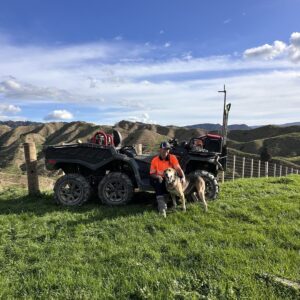
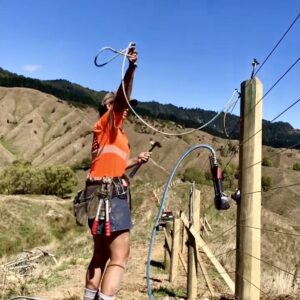
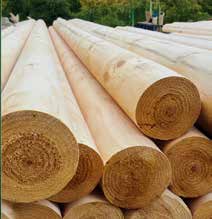


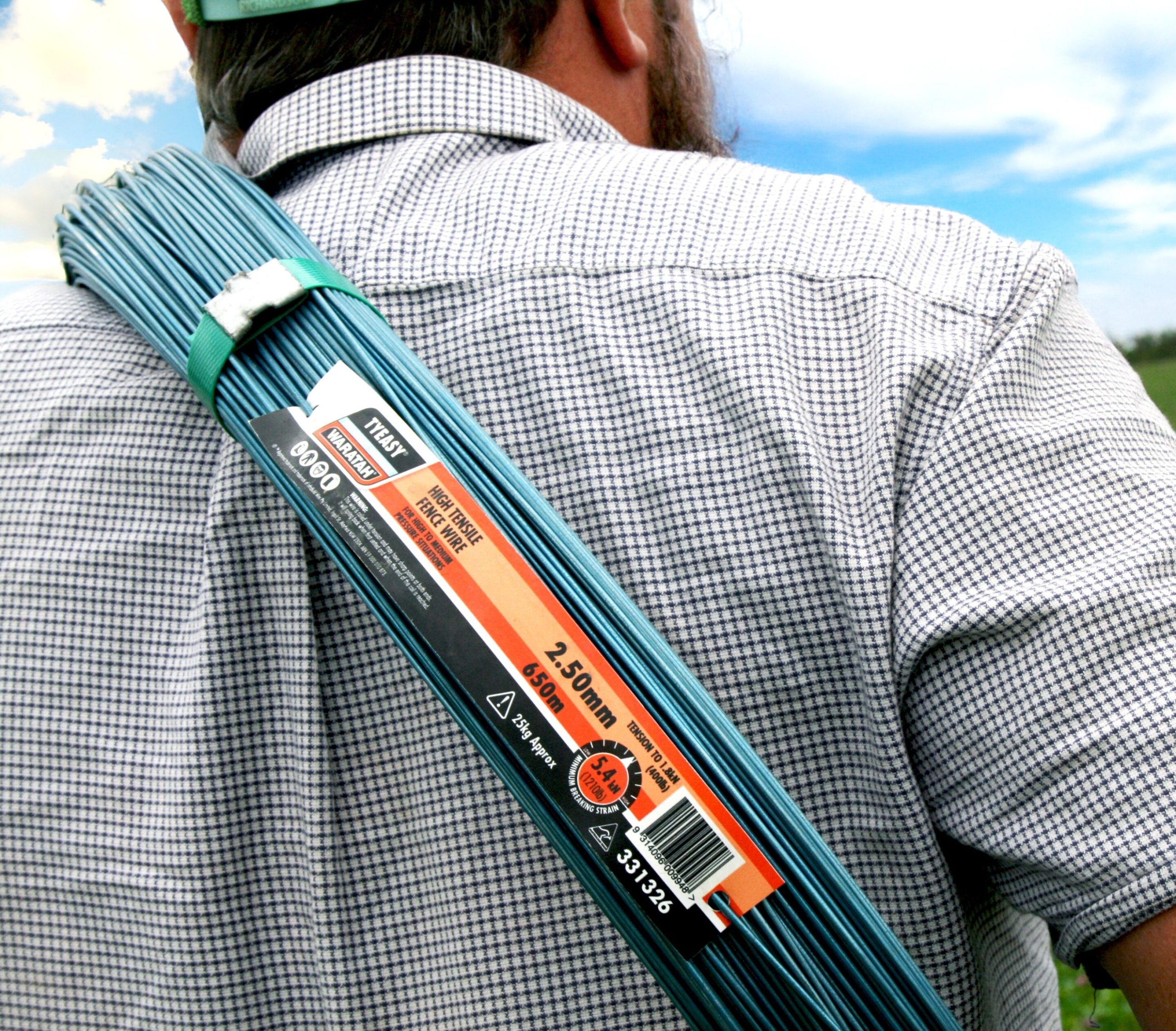










 chatted with the team about fencing and the need for it to be recognised as a trade, Chris had a lesson in tying termination knots from Nick, who was quite impressed with the Minister’s abilities.
chatted with the team about fencing and the need for it to be recognised as a trade, Chris had a lesson in tying termination knots from Nick, who was quite impressed with the Minister’s abilities.





